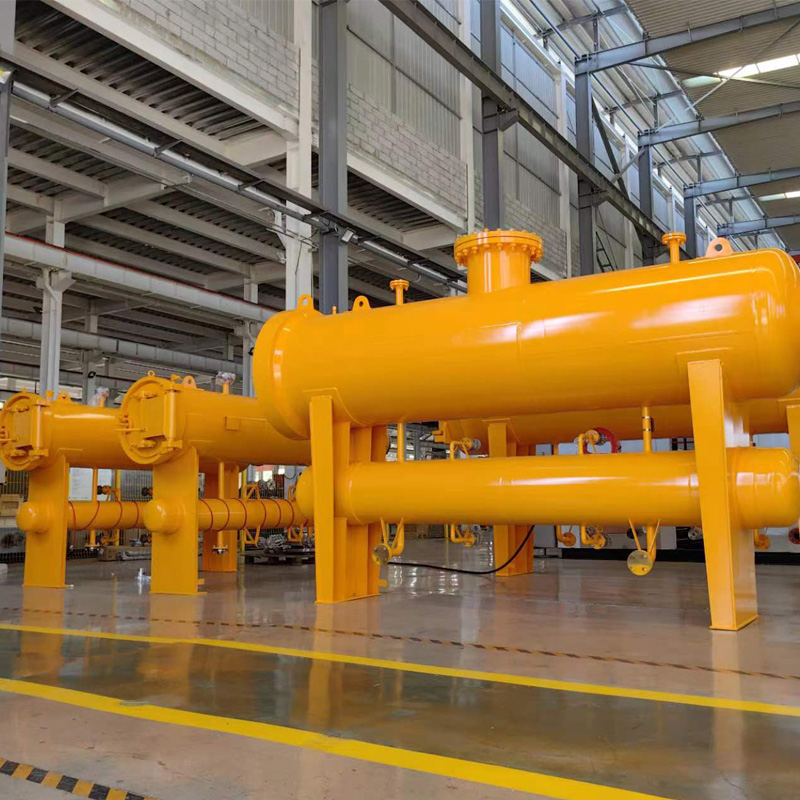
Nov . 19, 2024 22:15
Back to list
relief valve
Understanding Relief Valves Importance, Types, and Applications
Relief valves are critical components in various industrial systems, ensuring safety and operational efficiency by regulating pressure. They play a vital role in preventing equipment damage and catastrophic failures by automatically releasing excess pressure when it reaches a predetermined limit. This article aims to provide a comprehensive understanding of relief valves, their types, and their applications across different industries.
Definition and Functionality
A relief valve is a mechanical device designed to control or limit the pressure in a system. When the pressure exceeds a certain threshold, the relief valve opens, allowing fluid—whether gas or liquid—to escape from the system. This process helps to prevent pressure buildup that could lead to equipment failure, explosions, or other hazardous situations. The operation of a relief valve is crucial in maintaining safe working conditions in various applications, from pipelines to boilers.
Types of Relief Valves
1. Spring-Loaded Relief Valves These are the most common type of relief valves, utilizing a spring mechanism that holds a disc against a seat. When pressure builds up, it overcomes the spring force, allowing the disc to lift and release the excess pressure. The valve re-seats once the pressure drops below the set point.
2. Pilot-Operated Relief Valves These valves use system pressure to assist in their operation. A smaller pilot valve controls the main valve based on a set point. The pilot-operated design allows for more significant flow rates and is suitable for larger systems where high performance is required.
3. Differential Relief Valves Designed to function in systems where pressure differences are critical, these valves maintain pressure by opening and closing based on the differential pressure between two points in a system.
4. Safety Relief Valves Commonly found in applications involving gas, these valves are designed to open quickly to prevent pressure from exceeding safe levels, particularly in high-risk environments like chemical plants and natural gas systems.
Applications Across Industries
relief valve

Relief valves are widely used across multiple sectors, including
- Oil and Gas Industry In oil refineries and gas processing plants, relief valves help manage pressure fluctuations associated with heating, cooling, and storage processes.
- Chemical Processing These valves are essential for chemical reactors and tanks to prevent overpressure conditions that could lead to dangerous reactions or leaks.
- Power Generation In power plants, relief valves help maintain safe operating conditions in boilers and turbines, safeguarding against unexpected pressure increases.
- Manufacturing In manufacturing facilities, relief valves protect hydraulic systems, compressors, and other equipment by ensuring that pressure remains within operational limits.
Importance of Regular Maintenance
To ensure the reliability and effectiveness of relief valves, regular maintenance and testing are essential. This includes inspecting for wear, corrosion, and proper operation. Failure to maintain relief valves can lead to severe operational risks, including equipment failure, financial losses, and environmental hazards.
Conclusion
In summary, relief valves are indispensable safety devices that protect systems by managing pressure. Their diverse types cater to different industrial needs, highlighting their versatility and importance across various applications. By understanding the functionality and significance of relief valves, industries can enhance safety measures, protect equipment, and ensure smooth operational processes. Regular maintenance and a proactive approach to managing these components can prevent costly incidents, making relief valves a vital part of modern industrial safety protocols.
Next:
Latest news
-
Safety Valve Spring-Loaded Design Overpressure ProtectionNewsJul.25,2025
-
Precision Voltage Regulator AC5 Accuracy Grade PerformanceNewsJul.25,2025
-
Natural Gas Pressure Regulating Skid Industrial Pipeline ApplicationsNewsJul.25,2025
-
Natural Gas Filter Stainless Steel Mesh Element DesignNewsJul.25,2025
-
Gas Pressure Regulator Valve Direct-Acting Spring-Loaded DesignNewsJul.25,2025
-
Decompression Equipment Multi-Stage Heat Exchange System DesignNewsJul.25,2025

